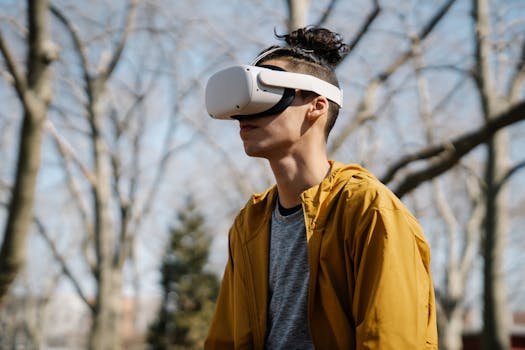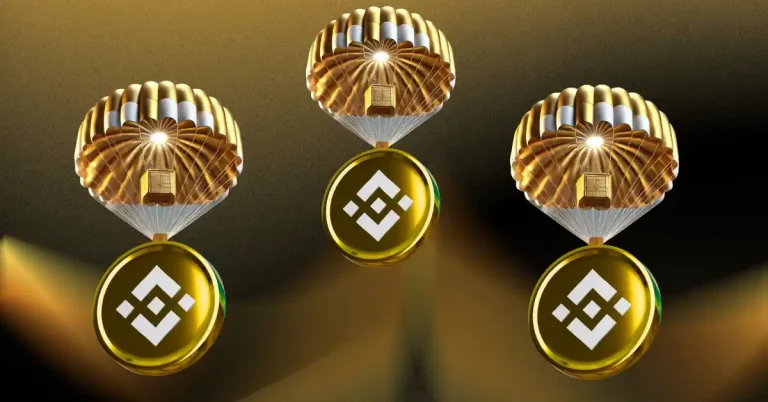
Takeaways
- Virtual reality art installations provide immersive experiences that engage viewers in unique ways.
- Artists are leveraging technology to push the boundaries of traditional art forms.
- VR art installations open up new avenues for creativity, allowing for interactive and participatory experiences.
Exploring the World of Virtual Reality Art Installations

The Rise of Virtual Reality in Art

One of the most notable aspects of VR art installations is their ability to transcend physical limitations. Artists can create expansive worlds that defy the laws of physics, enabling them to express their creativity in entirely new dimensions. For instance, artists can design environments that float in space or time, allowing for a surreal and dreamlike experience that challenges the viewer’s perception of reality.
Moreover, VR art installations often incorporate elements of interactivity. Viewers might have the opportunity to manipulate elements within the artwork, influencing its outcome and creating a personalized experience. This level of engagement transforms the act of viewing art into a participatory event, fostering a deeper connection between the audience and the artist’s vision.
Notable Virtual Reality Art Installations
Several notable virtual reality art installations have garnered attention for their innovative approach. One such example is “The Night Cafe,” a VR experience based on Vincent van Gogh’s famous painting “The Night Café.” This installation allows users to step into the vibrant world of Van Gogh, exploring the 3D environment and interacting with various elements inspired by the artist’s work. Visitors can walk through the café, pick up objects, and even change the lighting, effectively becoming part of the painting itself.
Another remarkable installation is “Tree,” created by artist and programmer, Jonathan Hagard. In this VR experience, viewers are transported into a lush forest where they can interact with trees and wildlife, all while exploring themes of nature and conservation. The immersive quality of the experience encourages reflection on humanity’s relationship with the environment, showcasing the potential of VR to convey powerful messages through art.
Additionally, “The Infinite” by artist Refik Anadol utilizes data and machine learning algorithms to create an ever-evolving visual experience. Visitors enter a virtual space where they can observe the transformation of data into stunning visual art, blurring the lines between technology and creativity. This installation demonstrates how VR can serve as a medium for exploring complex concepts and ideas, engaging audiences in the process.
The Future of VR Art Installations

Moreover, as VR hardware becomes more affordable and user-friendly, we can expect an increase in the number of artists experimenting with this medium. Art institutions and galleries are also beginning to embrace virtual reality as a legitimate form of artistic expression, providing platforms for artists to showcase their work to a global audience.
In conclusion, virtual reality art installations represent a new frontier in the creative landscape, merging art and technology to create immersive experiences that engage and inspire. As artists continue to push the boundaries of what is possible within this medium, audiences can look forward to a future filled with innovative and thought-provoking works of art that challenge our perceptions and invite us to explore new dimensions of creativity.







